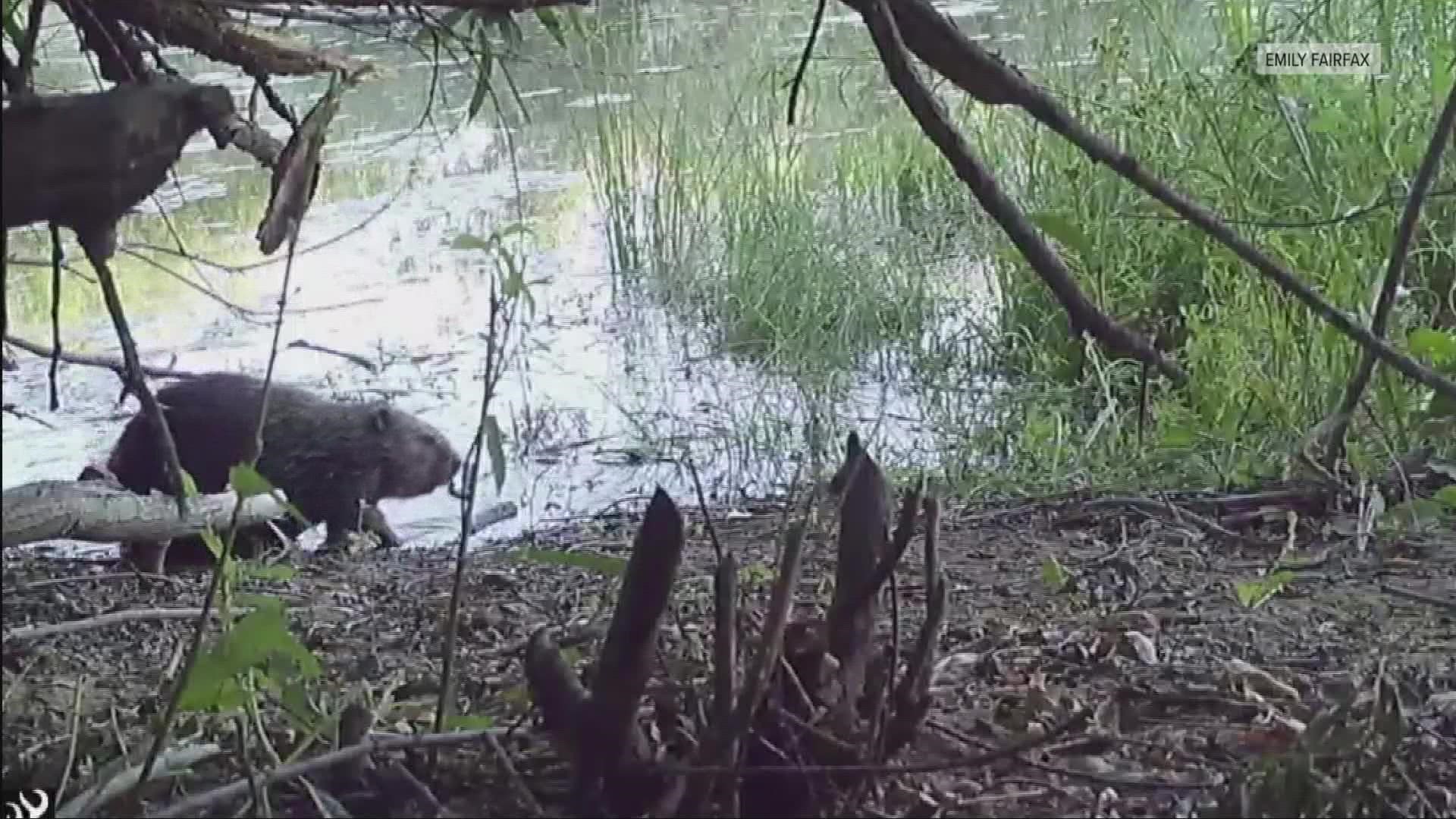CALIFORNIA, USA — California's drought is a multi-billion dollar issue that we've dumped a lot of resources into, but climate scientists are finding that working with what nature provides could be more effective than our synthetic solutions.
They say sometimes, you just gotta leave it to the beavers.
"A lot of people, they just want us to try anything that has a chance of making this better...and the data is pretty clear letting beavers be beavers and getting our rivers back to healthier state is part of firefighting problem," said Emily Fairfax, associate professor California State University Channel Islands.
That’s right she said beavers are part of helping in California's firefight.
Just look at these before and after photos, with the before showing a land without beavers and the after when beavers were allowed to thrive.
Before

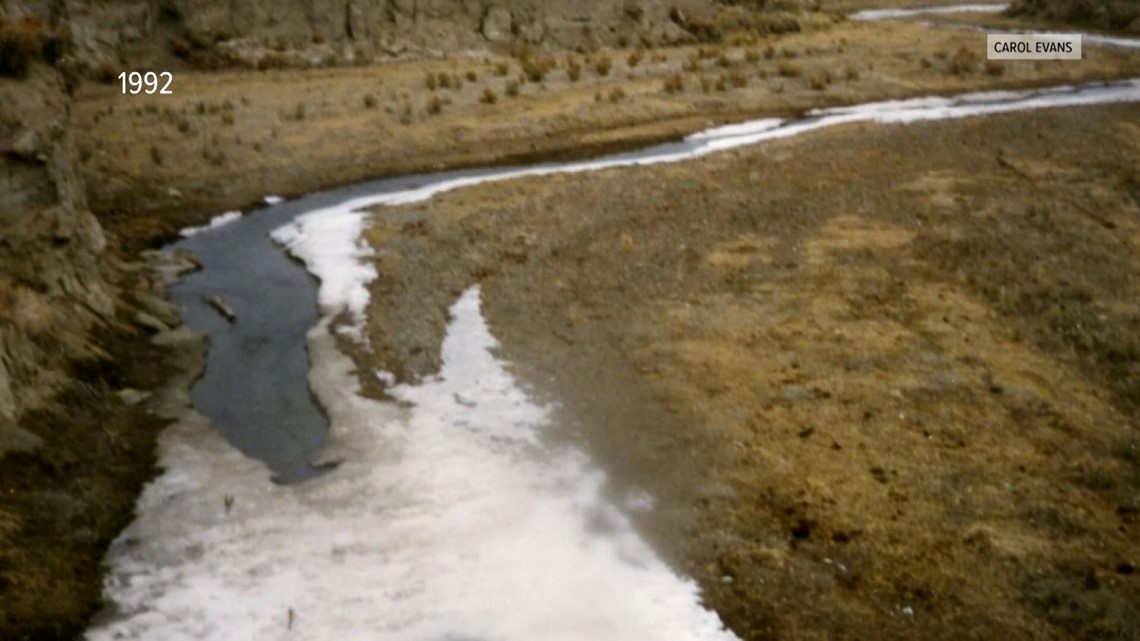
After

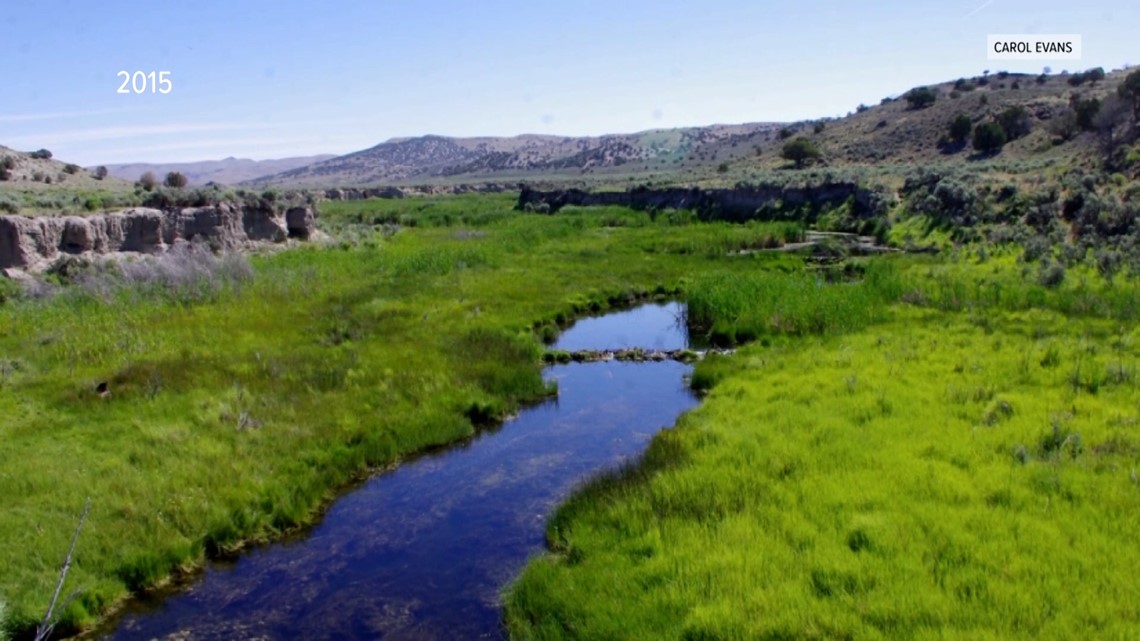
This is a passion project for Emily inspired by events like the 2000 Manter Fire in the Southern Sierra.
"That fire was really intense, and it caused a lot of damage around the Pacific Crest Trail, and the bunch of beavers up there were absolutely completely fine," Fairfax said.
Photos from that fire show green patches directly near the beaver dam surrounded by charred out land.


"When beavers move into a landscape especially dry places like the American West by building dams and slowing water down they end up creating patches that are very resistant to both droughts and wildfires," She added.
Their dams do this by holding water on the land longer, recharging the groundwater, and improving plant health.
These green stretches of land then act like speed bumps to fire spread. And after a fire, the runoff of hazardous debris slows at the beaver dam. Then settles to the ground, making the water healthier downstream for fish and other aquatic species.
"Beaver provide all these services these environmental benefits for we the people that we’re currently spending hundreds of millions of dollars to address they provide all those benefits for free and they do it better and cheaper," said Brock Dolman, co-director of Water Institute Occidental Arts and Ecology Center.
Dolman is part of the “Bring Back the Beaver” campaign. Along with other advocates, they are working to reverse the state's position that beavers are a nuisance.
"When they dam things sometimes they impound water on parts of the land people don’t want wet...or they cut down trees people don’t want cut down, they may plug a culvert or a drainage ditch," he said.
But Dolman and his team are focusing on how to introduce non-lethal solutions benefiting both the environment and people.
"How to live with the beaver, how to wrap wire around trees, how to fake the beaver out with these really interesting pipes and cages that allow water to flow over the dam and regulate the height of the dam," he said.
These are the type of nature-based solutions Native Americans, like the Yurok Tribe near the Klamath River Basin, have been using for generations.

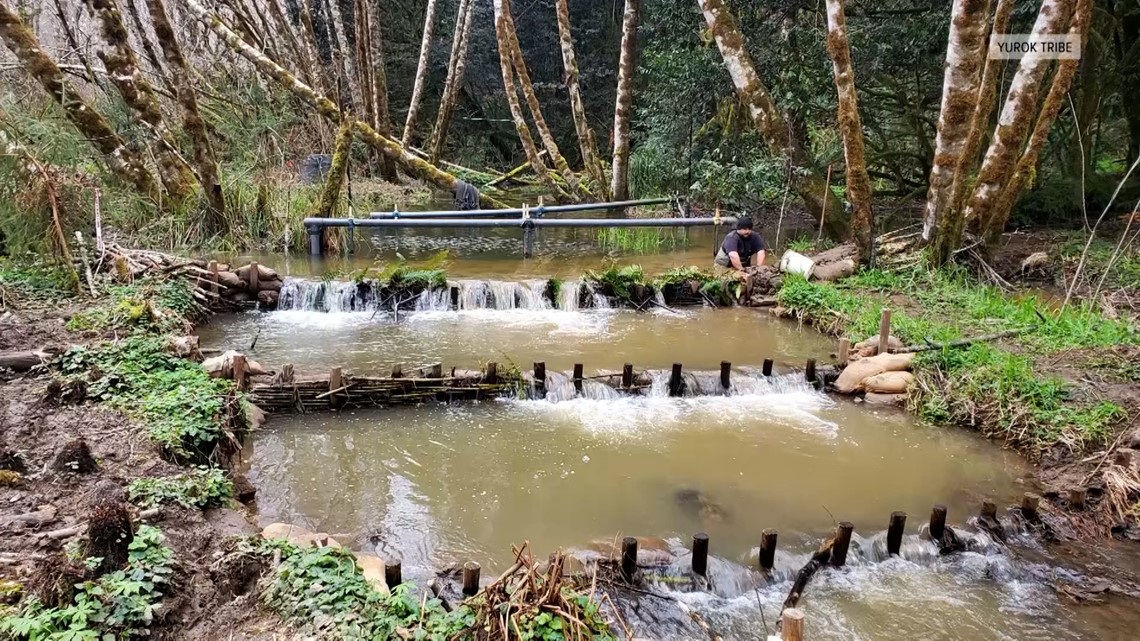
Sarah Beesley, senior Fisheries Biologist with Yurok Tribe said, "beavers are magical – there's a reason why they are a keystone species."
That’s a species that has such a profound effect on its environment that if it didn’t exist – that whole ecosystem may not exist.
Beesley says one of the ways the Yurok tribe is sustaining and restoring the Klamath River basin is by building what are called beaver dam analogs, essentially human-made beaver dams that help the beaver thrive.
But permitting this work hasn’t always been easy to bring back the beaver
You’d think it’d be pretty easy to do a restoration project but there are so many requirements that slow you down – can't be slowed down – the time to act is yesterday," said Beesley.
And it’s part of the reason the state is looking at how beavers can be part of the Governor’s 30 by 30 initiative, which sets a goal of conserving 30% of our land and coastal waters by the year 2030.
The newly passed budget now putting money into beaver restoration and relocation.

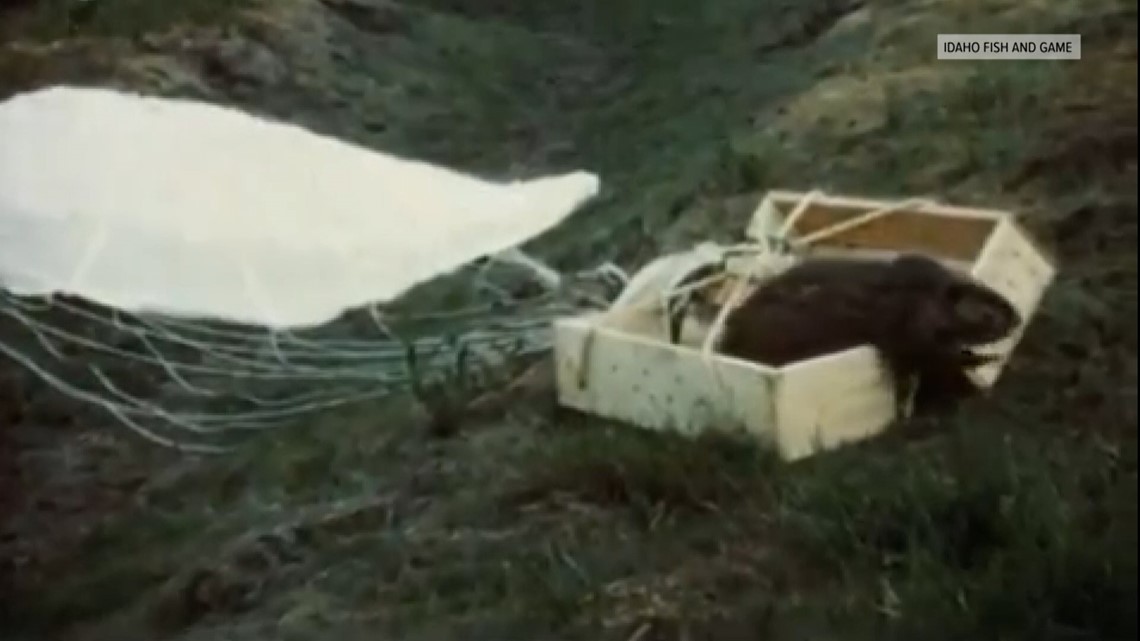
In the 1940s and 50s, Idaho Fish and Game relocated beavers by flying them into different areas and then parachuting them to the ground.
Scott Gardner, California Department of Fish and Wildlife said, "there was that history in the mid-part of last century releasing them that way but we’ll be very thoughtful about how we bring the beavers in."
Likely moving them by trucks into areas where beavers are wanted or needed.
Another big part of this plan, education
"Understanding the beneficial effects that beavers have, understanding how you can live with beavers," said Gardner.
Adding another important tool in the tool chest addressing drought and wildfire impacts.
"If you think about all the rivers and streams that we have and should have in this state, a lot of them aren’t super healthy right now. If we can get just a fraction back in resilient and functioning state then every single one of them is like a speed bump to fire or drought effects," said Fairfax.

